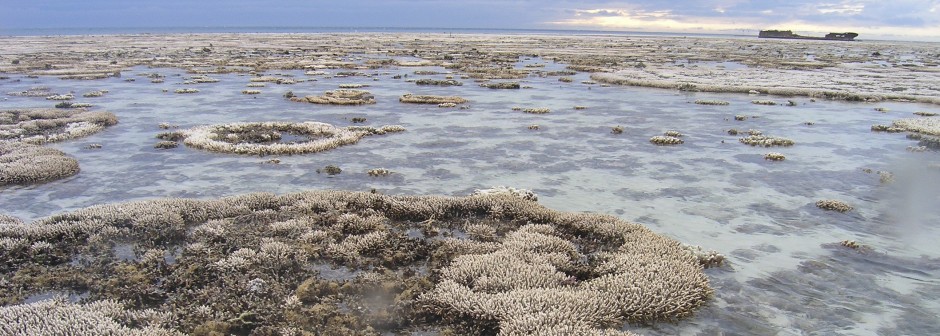So deep water coral reefs are a thing, and they’re being threatened by human action, but what comes next? We are far from knowing everything about these hidden forests of biodiversity and even farther from adequately protecting them from the damage we’re inflicting on them. In the coming decades it is of utmost importance to expand our knowledge of deep water reefs and enact new legislation to protect them.
Due to the recent discovery of these reefs and the inherent difficulty in studying ecosystems 4000m (13000ft) under the sea, there is much we don’t know about these communities. From large scale issues like where in the oceans are these deep water systems and what physical factors affect where they can grow to smaller scale questions like analyzing how they interact with plants and animals in the area and what kind of relationships they have with microbes that are present in the reef, there is a lot of knowledge left to discover on these reefs. And although this may sound like a lot, all of these goals are achievable with existing technologies. Using mapping techniques like multibeam sonar devices to create topographic maps of the ocean floor, we can create low resolution maps in areas that are likely to have reefs and determine we should be looking for these elusive habitats. From there these reefs can be examined and sampled by deep water submersibles that are able to travel to the depths of these reefs. Samplings of coral can help us better understand the amount of diversity present in these reefs and possibly give insight into microbes present.1,2,3

A deep water submersible used to study habitats up to 3000m deep.
© Harbor Branch Oceanographic Institute
On a more legislative side, more needs to be done to protect these reefs. Currently Australia, Canada, the Canary Islands, Ireland, New Zealand, Norway, UK and the United States all have created marine reserves or halted destructive activity like trawling and commercial drilling in areas with deep water reefs, but it’s not quite enough. Although many of known areas are protected areas, many are not or are still in the reviewing process. In addition, we are lacking full scientific data on where reefs are located. Hopefully this can be solved with new mapping techniques being used to find these reefs.1,4
1Svensen, E. Coral reefs: Cold water corals. WWF. http://wwf.panda.org/about_our_earth/blue_planet/coasts/coral_reefs/coldwater_corals/
2Watling, L. Auster, P. J. (2017) Seamounts on the High Seas Should be Managed as Vulnerable Marine Ecosystems. Frontiers in Marine Science. 4:14
3Ocean Portal. Deep Sea Corals. Smithsonian Museum of Natural History http://ocean.si.edu/deep-sea-corals
4Roberts JM (2006) Reefs of the Deep: The Biology and Geology of Cold-Water Coral Ecosystems. Science 312:543–547.

